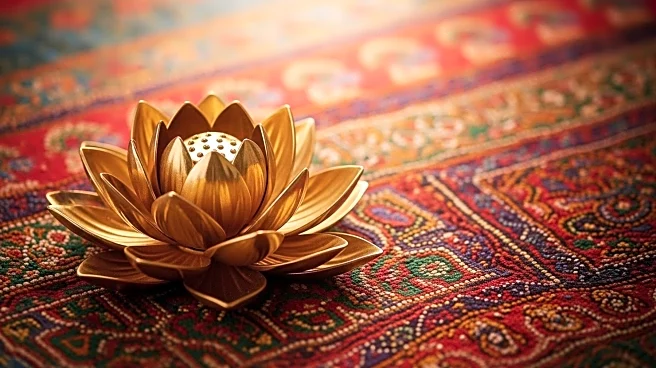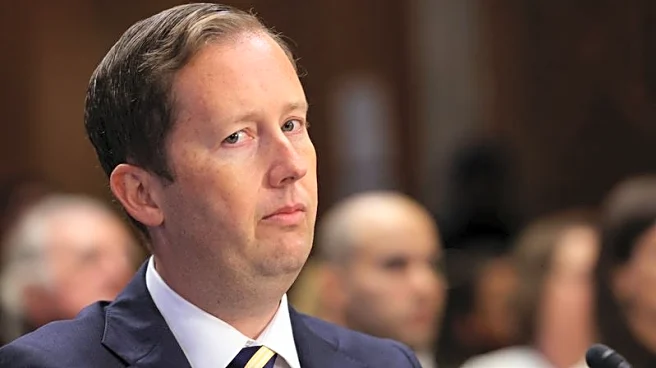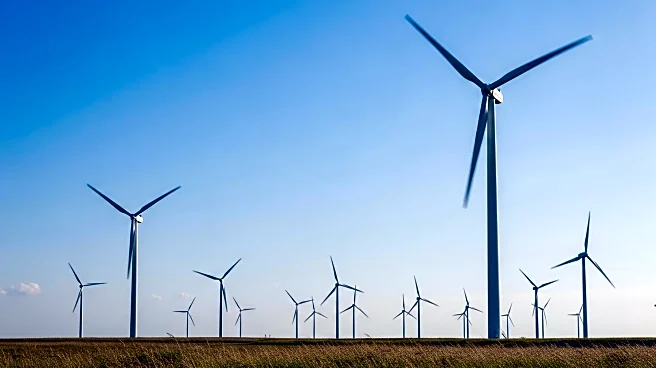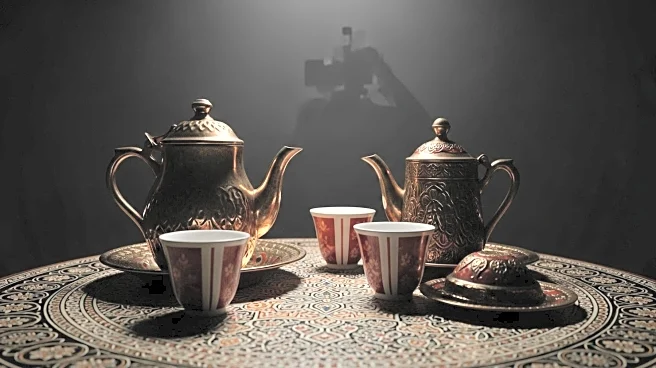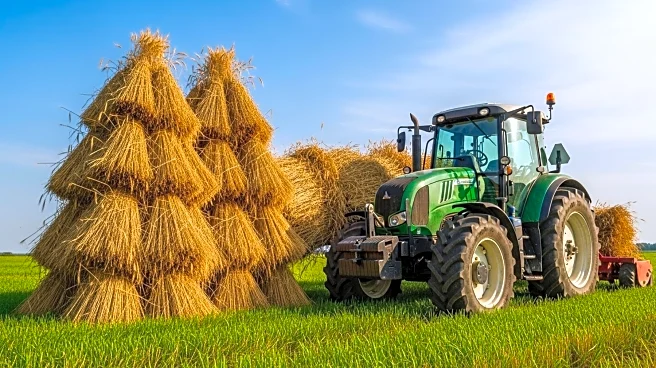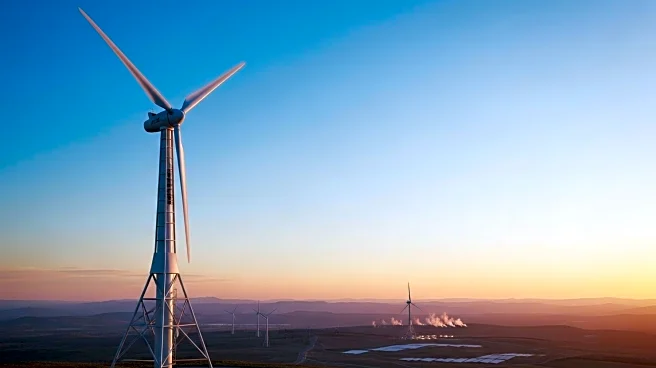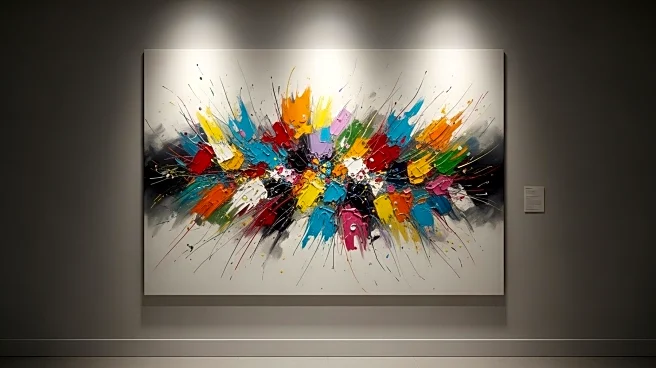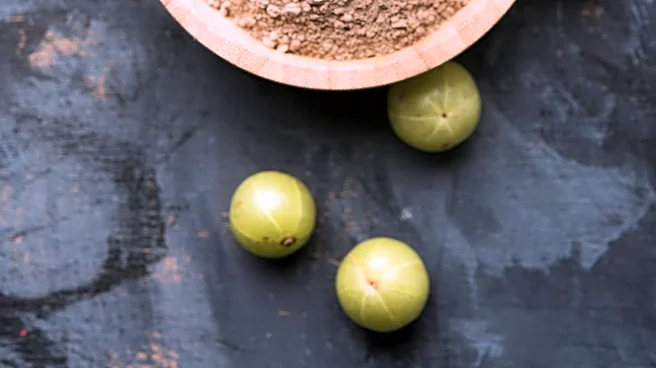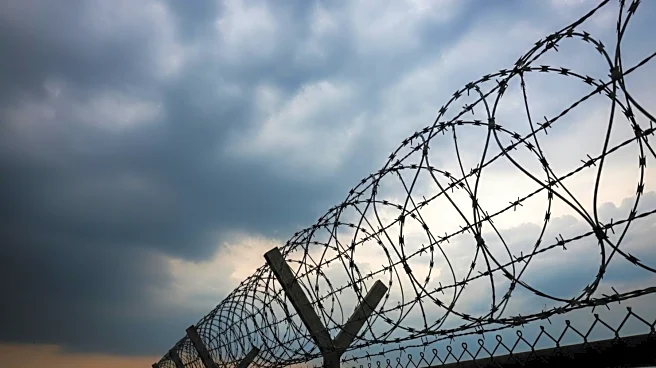What is the story about?
What's Happening?
Saffronart's recent auction in Delhi marked a significant milestone in the Indian art market, achieving a record-breaking total of $40.2 million. The auction featured Vasudeo Santu Gaitonde's untitled 1971 painting, which sold for $7.57 million, nearly three times its estimated value. This event highlights the growing strength of India's art market, which has seen a surge in art fairs, galleries, and exhibition spaces. Industry insiders estimate the market's value at $338 million, with projections to reach $1.1 billion by 2030. The auction season has been robust, with Sotheby's also reporting high sales, including Francis Newton Souza's landscape, Houses in Hampstead. The boom is attributed to rising wealth in India and among the diaspora, with art becoming both a status symbol and an investment.
Why It's Important?
The record-breaking auction underscores the rapid growth and maturation of the Indian art market, which contrasts with a global decline in art sales. This boom is driven by increased wealth among Indian and diaspora collectors, who view art as a generational asset. The reduction in goods and services tax on art from 12% to 5% has further stimulated the market. The surge in demand is not only benefiting established artists but also elevating previously overlooked ones. This trend reflects a broader cultural resurgence, with new institutions and spaces dedicated to showcasing art, enhancing public engagement, and reconnecting collectors with their heritage.
What's Next?
The Indian art market is poised for continued expansion, with expectations of doubling last year's auction earnings. New buyers are entering the market, with a significant portion being first-time bidders. The private sector is leading the charge in developing new art spaces, such as the Kiran Nadar Museum of Art's upcoming building in Delhi. Established events like the India Art Fair and Kochi-Muziris Biennale continue to draw large crowds, while new initiatives like Hampi Art Labs and Art Mumbai fair are gaining traction. These developments suggest a sustainable growth trajectory for the Indian art scene, with increased support for emerging artists and diverse art forms.
Beyond the Headlines
The boom in the Indian art market highlights broader cultural and economic shifts. As art becomes a conduit for cultural connection, it also raises questions about the role of government funding in supporting the arts. The private sector's dominance in this space suggests a need for more public investment to ensure equitable access and support for emerging artists. Additionally, the integration of technology and art, as seen in Renault's planned Chennai design center, points to innovative collaborations that could redefine artistic expression and engagement.
AI Generated Content
Do you find this article useful?
